NeoGrid® AI
Virtual Power Plant - Simply Explained!
By
David Wölfle
8.8.2025

6
Min.
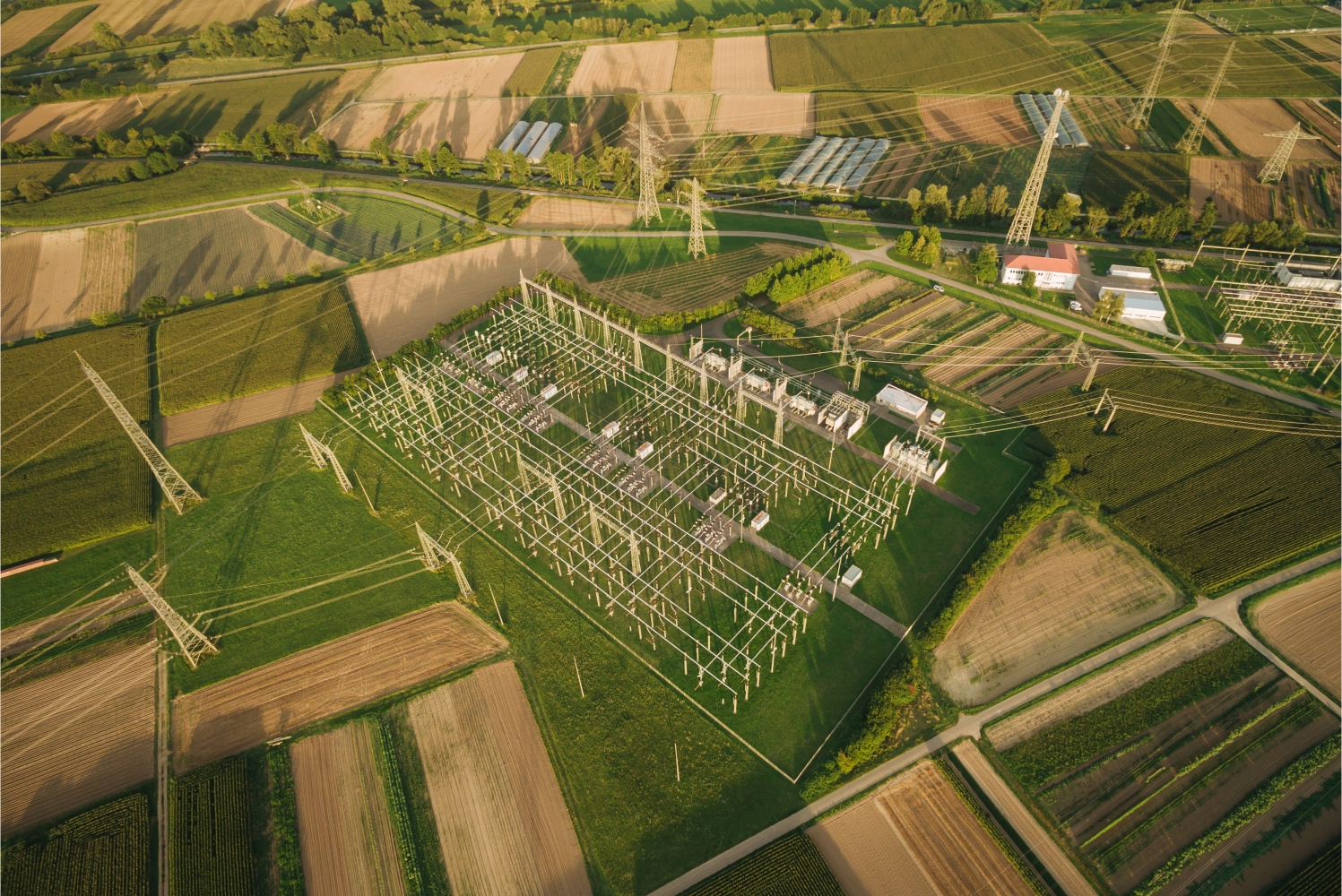
The energy transition is accelerating, with wind and solar providing more electricity than ever before. This sounds promising, but there's a challenge: weather is unpredictable. Wind comes and goes. Some days are sunny, others overcast.
This variability makes maintaining power grid stability difficult.
But what if there's a solution that solves this problem - without building 20 new gas power plants?
[[tariff]]
What does a virtual power plant actually do?
Picture a real power plant - but without chimneys, turbines, or massive buildings.
A virtual power plant connects numerous small power sources and storage systems: solar panels, batteries, heat pumps, and electric cars - anything that can generate, store, or flexibly consume electricity.
Together, these form a large, virtual power plant.
One that automatically supplies or consumes electricity when it's most beneficial for both the grid and you.
It taps into the potential sitting idle in thousands of households: your EV battery in the driveway and home storage in the basement. Currently, over 1600 megawatts of capacity are hidden in these resources.
Why do we need virtual power plants?
There are several compelling reasons:
- Because wind and solar electricity isn't predictable.
- Because old coal and gas power plants are being decommissioned - and rightfully so.
- Because Germany is electrifying rapidly with heat pumps, EVs, and smart devices.
- Because the federal government plans to build 20 new gas power plants - even though better alternatives exist.
Virtual power plants deliver or conserve electricity precisely when needed.
How a virtual power plant works behind the scenes
Complex processes run in the background, completely invisible to you.
NeoGrid creates a charging plan based on the official spot price. This price is set the day before using forecasts from major electricity producers and consumers. These entities indicate how much electricity they'll produce or consume the next day. We're included among these consumers, as we purchase electricity for our customers.
The next day brings a reality check: weather and consumption patterns change. Since renewable energy depends heavily on weather, the grid's electricity supply fluctuates. These fluctuations appear in the intraday price. Unlike the spot price, which is fixed hourly, the intraday price changes continuously to reflect current supply and demand.
If electricity production drops - for example, due to less sunshine than expected—the intraday price rises and may exceed the spot price.
This is where things get interesting: NeoGrid AI monitors these market changes in real-time and takes action when it benefits you:
- Is electricity currently more expensive than anticipated? Charging pauses and your electricity is sold virtually.
- Is electricity cheaper? Charging continues - at the better price.
The outcome: You save money - and can even earn some. We pass all savings and profits directly to you.
What's in it for you?
You use electricity when it's cheapest and earn additional income for providing flexibility - with NeoGrid that's up to 300 € per year.
You help maintain power grid stability while actively participating in the energy transition.
How does it help the energy transition?
- Wind and solar electricity is used more efficiently
- Fewer fossil fuel power plants are needed to balance fluctuations, reducing CO₂ emissions
- The grid stays stable - even during cloudy or windless periods
- You become both a contributor to and beneficiary of the energy future
Small Parts—Big Impact
A virtual power plant comprises thousands of small devices - yet can replace entire gas power plants.
It's flexible. It's clean. It's ready now.
And you can benefit from it.




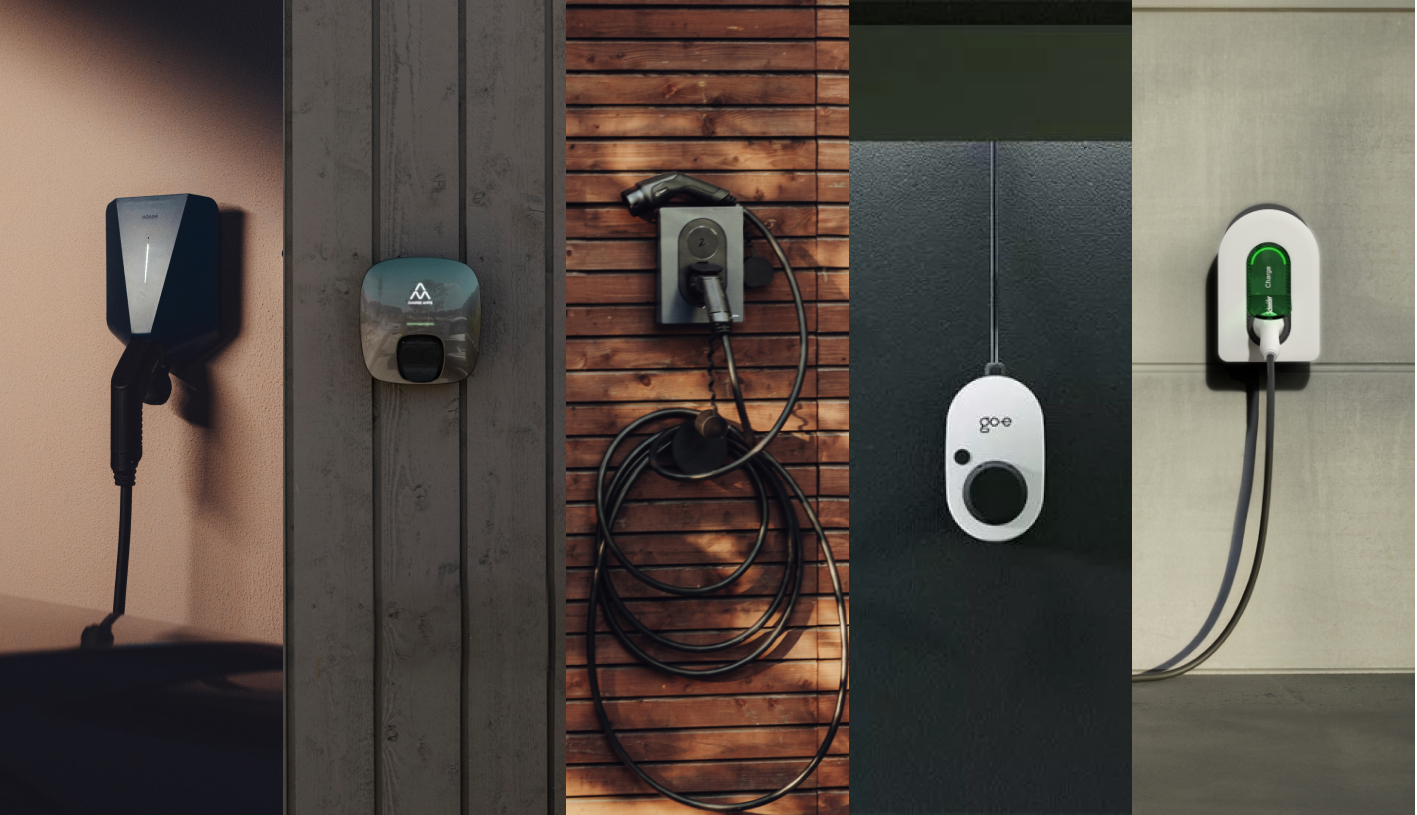

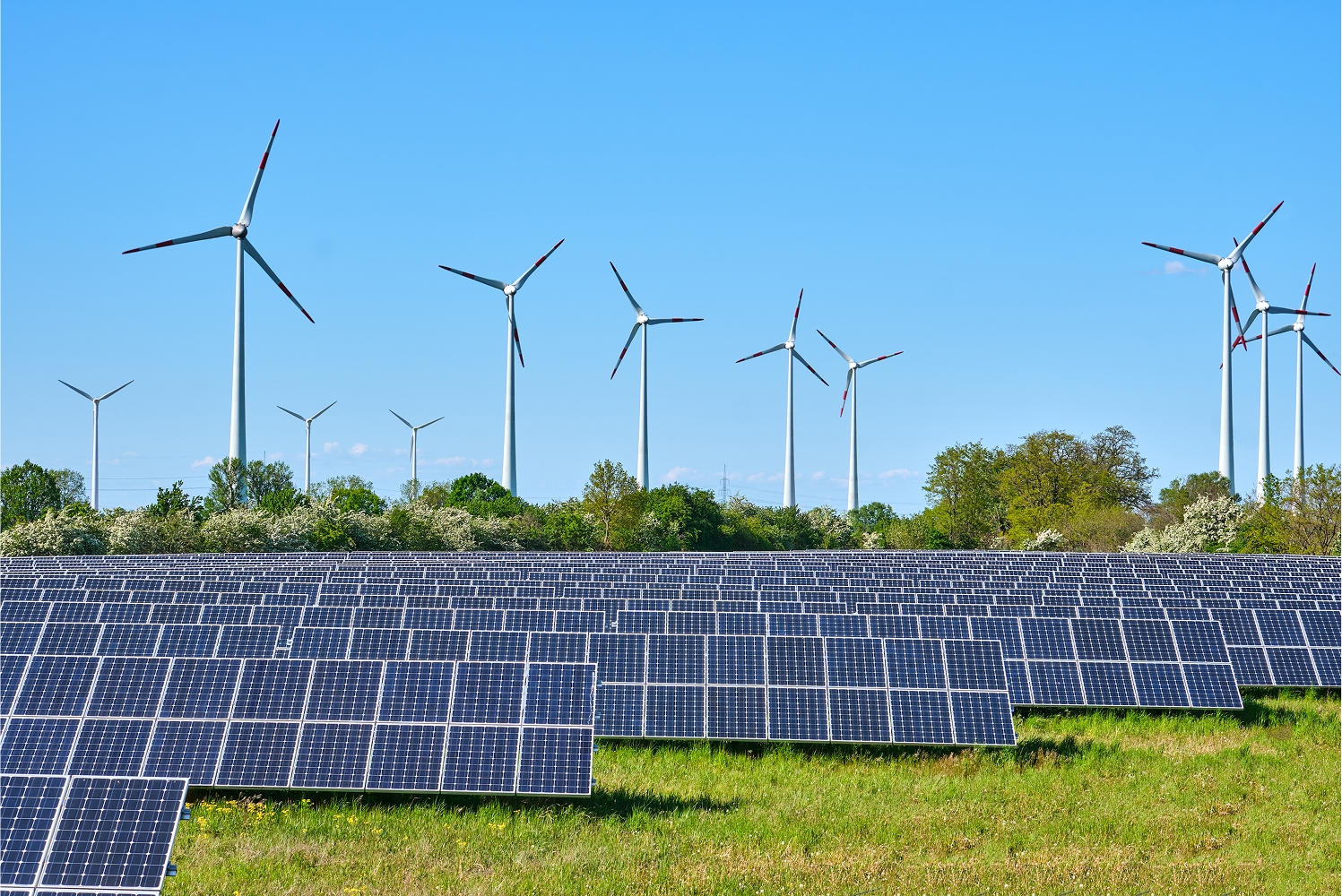
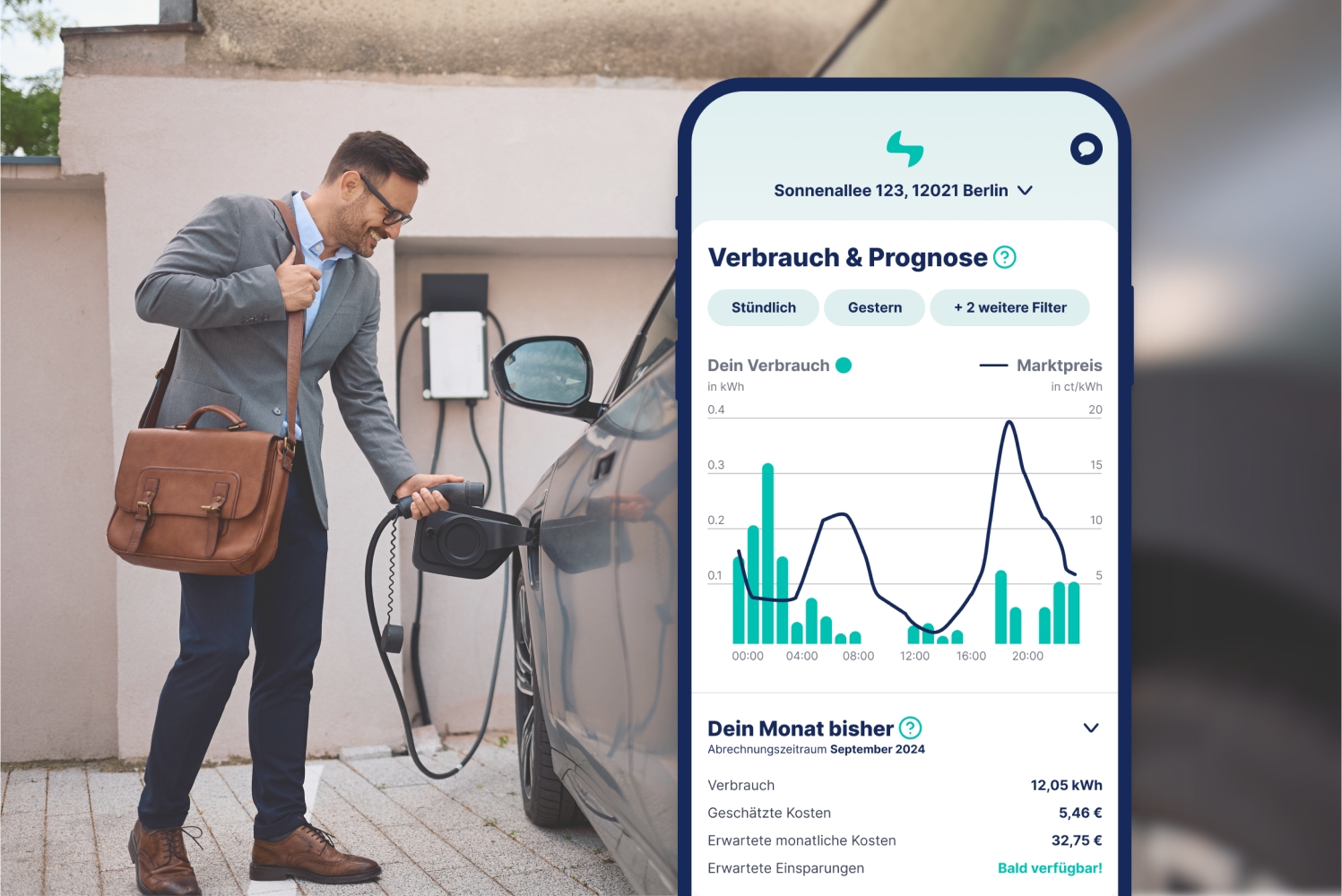

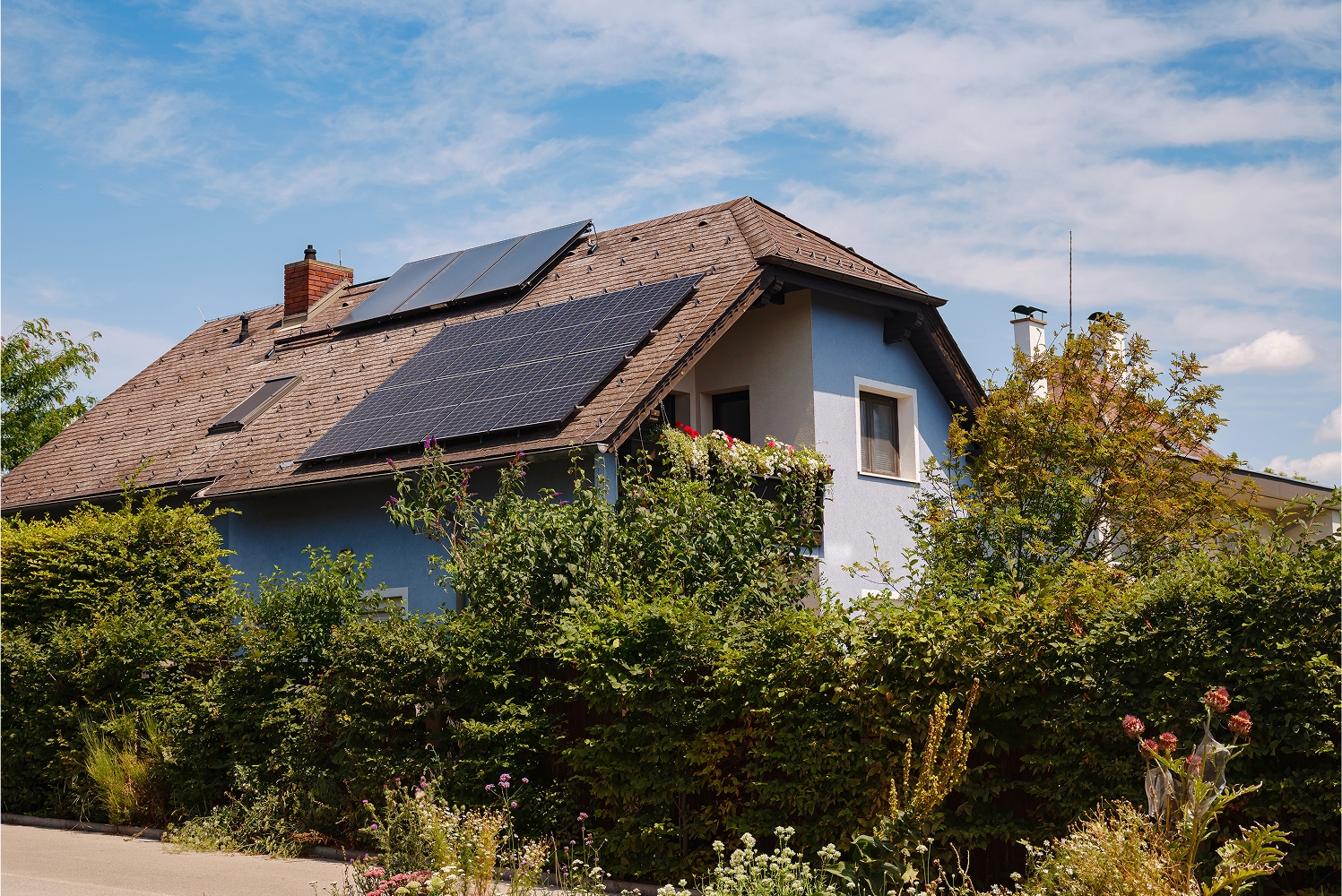




.avif)